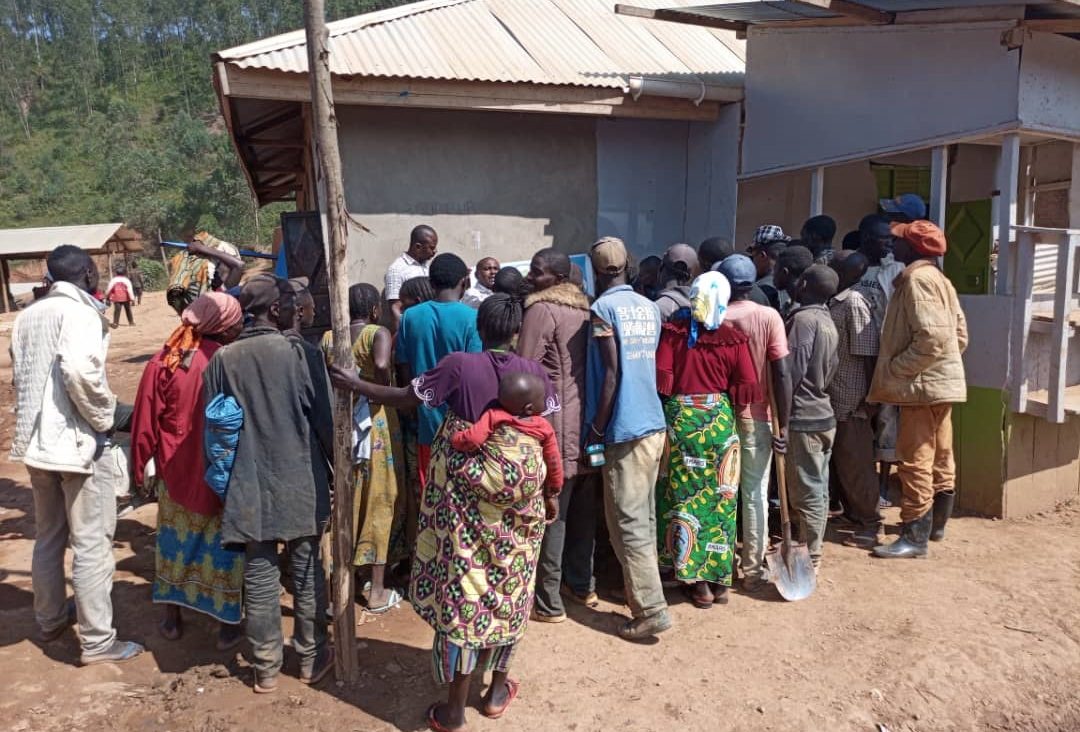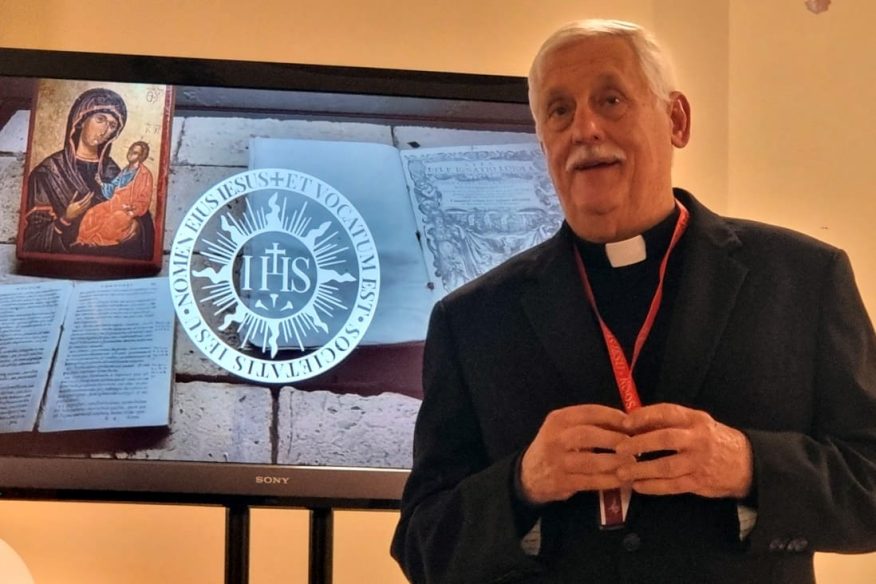African mines in our mobiles

n the African Great Lakes region, MAGIS Foundation, in September 2020, launched the “Gold Without Conflict” Project, that aims to analyze “the gold routes” in the Democratic Republic of the Congo and Italy, through research on the supply chain, from extraction to sale.
The tragic death of the Italian ambassador and the two men who were with him, occurred last February 22 in the Democratic Republic of the Congo, have put the spotlight on a country that is extremely poor, despite its vast natural resources, and torn apart by years of conflict, misgovernment, instability and corruption. It is precisely in the African Great Lakes region that the MAGIS Foundation, in September 2020, launched the Gold without Conflict project, which aims to analyze “the gold routes” in the Democratic Republic of the Congo and Italy through research on the supply chain, from extraction to sale. The research will provide the basis for building concrete proposals and interventions in favor of a sustainable use of gold by those who import, process and sell. At the same time, it will be a useful tool to prevent the exploitation of so many people, including children, and the emergence of violent conflicts.
For a more in-depth look at the topic, here is the article by Stefano Liberti, journalist and essayist who collaborates with the MAGIS Foundation on the research and advocacy project aimed at tracing and promoting an ethical supply chain for gold exported from Congo to Italy.
The murder of Ambassador Luca Attanasio, carabiniere Vittorio Iacovacci and driver Mustapha Milambo near Goma, in the east of the Democratic Republic of Congo, concerns us much more than we imagine. It is from the mines scattered around Nord-Kivu, the province of which Goma is the capital, that a significant part of the raw materials essential to many tools of our daily life are extracted. This is where coltan comes from, that mixture of columbite and tantalite found in cell phones, cameras, microchips, as well as various medical equipment. And again it is here that gold used in wedding rings, jewelry, but also as a conductor in various electronic devices, is obtained.
According to mapping by the Belgian research institute International Peace Information Service (Ipis), there are about 2,000 extraction sites in eastern Congo. Of these, at least a third are controlled by armed groups, be they rebels or battalions of the Congolese army itself. The presence of these militiamen creates a climate of permanent instability and fuels those cross clashes in which the mission led by the Italian diplomat also fell victim.
Again according to Ipis, there are 200,000 people employed in these informal mines. Among these, there are many children: particularly appreciated for their ability to squeeze into narrow tunnels, they work without protection, often digging with their bare hands. This was recently observed by a mission of the MAGIS Foundation, the entity of the Euro-Mediterranean Province of the Society of Jesus that is conducting a project aimed at promoting an ethical supply chain for gold exported from Congo to Italy.
Because it’s good to broaden the view and understand what the final destination of those much-coveted mineral resources is. The ultimate terminal of the conflicts that have been upsetting the Democratic Republic of Congo for 25 years are precisely our cell phones, our computers, our rings. There is a common thread between tools and objects that are common to us and what is happening in eastern Congo. If the smartphone is now within everyone’s reach, it is also because the extraction of raw materials necessary for its operation takes place in these conditions of exploitation, without respect for the dignity of workers or for the most basic environmental standards. And without the Congolese state collecting proper royalties: the militiamen or middlemen who control this trade smuggle the mineral resources into neighboring countries, from where they are sold to producing industries or refiners. The path of gold is particularly tortuous: after being brought illegally to Uganda or Rwanda, it is exported to South Africa or Dubai, where it is refined and transformed into ingots. In this form it reaches the markets of Europe, the United States, China and India.
The length of the supply chain makes the traceability process complex. But the good news is that this process is now mandatory, at least in the European Union: on January 1, Regulation 821/2017 came into force, requiring European importers of tin, tantalum, tungsten, their ores, and gold to fulfill due diligence duties to prevent profits from this trade from funding conflicts. From now on, those who import coltan and gold into the EU will have to indicate their origin and movements along the supply chain.
The regulation just went into effect. It remains to be seen in practice how its implementation will take place. But without any doubt this is an important first step towards improving living and working conditions in Congolese mines. And to make more transparent a supply chain in which we are more involved than we think.
Courtesy of L’Espresso (article published on February 28, 2021).
Support the “Gold without conflicts” project by making a donation
